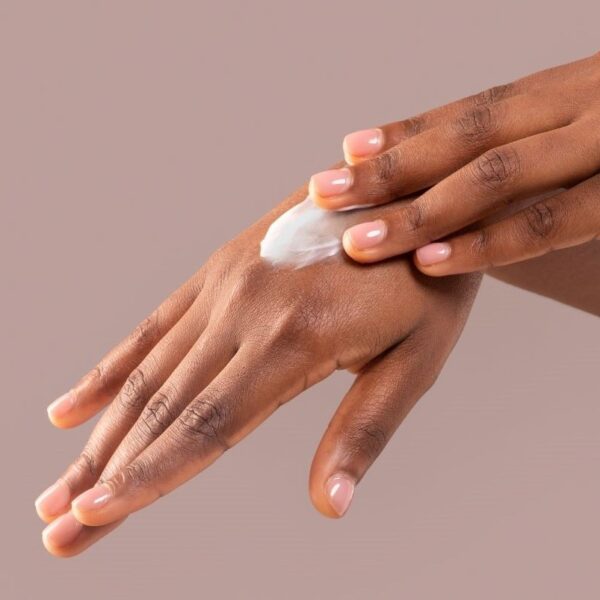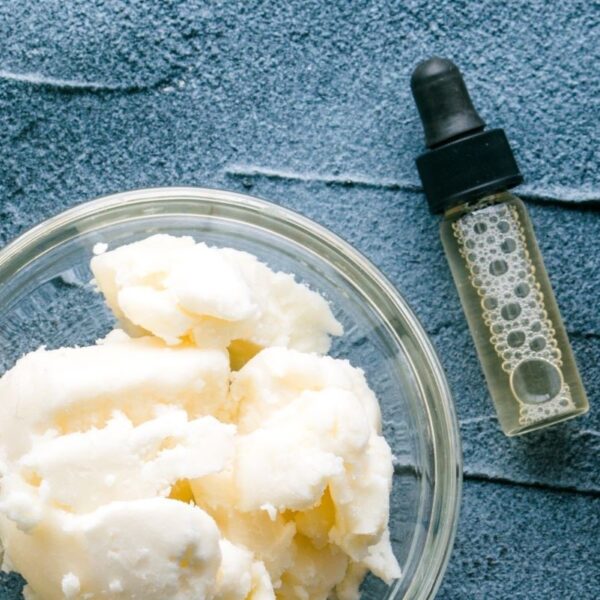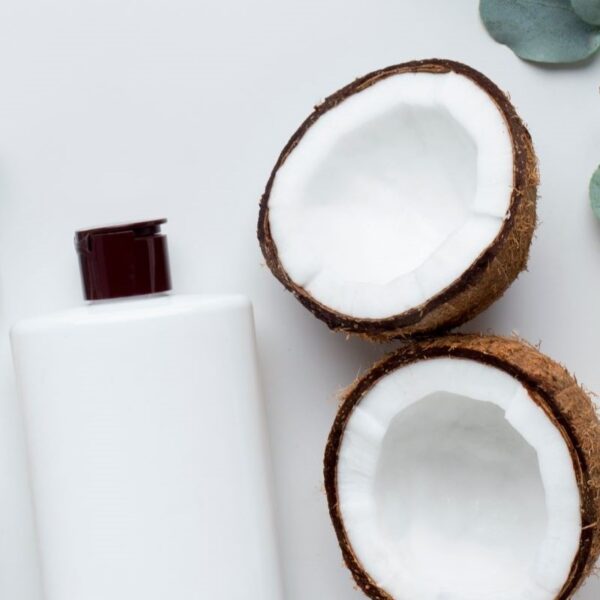Because fats and oils are highly susceptible to oxidation, emollients, heavy barrier creams, cosmetic oils, conditioning products, and cosmetics are prone to going rancid. Butylated Hydroxytoluene (BHT) is an antioxidant that acts as a stabilizer for these products.
BHT preserves a product’s color, odor, and texture, enabling the product to maintain its effectiveness when exposed to air and ensuring a positive customer experience. Unlike some other preservatives, BHT resists heat, making it popular for applications that require the use of high temperatures. While BHT has come under scrutiny due to its endocrine disruption in high doses, it’s considered safe for human health when used within recommended concentrations.
What is Butylated Hydroxytoluene?
Butylated hydroxytoluene (BHT), butylhydroxytoluene, is a lipophilic organic compound derived from phenol. BHT is produced synthetically (through the alkylation of para-cresol with isobutylene) for use as a preservative.
It has applications in various industries, including food and beverage, cosmetics and personal care, pharmaceuticals, plastics/rubbers, and petroleum products. In this article, we’ll focus on how BHT is used in personal care products and cosmetics.

Use of Butylated Hydroxytoluene (BHT) in Personal Care and Cosmetics
Many cosmetics contain fats and oils that are naturally susceptible to oxidative reactions that produce compounds with objectionable tastes and odors. As one of the most popular preservatives, butylated hydroxytoluene reduces free-radical damage and spoilage, helping to maintain the properties and performance of products when exposed to air. It’s also used to prevent lipid oxidation in oils and fat-containing food products. Lipid oxidation occurs in a complex series of chain reactions. BHT acts to break the chain during processing, storage, and use of fat-containing products.
Product Examples
Butylated hydroxytoluene can be easily incorporated into various personal care and cosmetic formulations. Here are a few examples.
| Type | Examples |
|---|---|
| Hair Care Products | Hair masks that contain a large amount of refatting agents, emollient systems, and conditioners |
| Body and Face Products | Lotions, creams, masks, and butters |
| Makeup | Foundations, eyeliners, mascaras, and lipsticks (especially for anhydrous systems such as stick preparations and balms) |
| Sun Products | Sunscreens, tanning lotion, and aftercare products |
Properties of Butylated Hydroxytoluene (BHT)
| Appearance at 25 °C | White to Off-White Crystalline/Granular Powder |
| Molar Mass | 220.34 g/mol |
| Density at 25°C | 1.048 |
| Solubility | Water Insoluble |
| Acid Value, mgr. KOH/gr | 60-110 |
| Saponification Value mgr. KOH/gr | 260-320 |
| Odor | Faint Characteristic Odor |
| Refractive Index | 1.4859 |
| Melting Point | 69-73 °C |
| Boiling Point | 265ºC |
| Shelf Life | 24-36 months |
| Storage Condition | Store in its original package, tightly sealed in a cool (46-90°F) and dry location out of direct heat and light. |
Typical Formulations
Natural Body Butter
Here’s an example body butter formulation table that contains butylated hydroxytoluene:
| INCI Name | Trade Name | Supplier | % by Wt. |
|---|---|---|---|
| Butyrospermum Parkii | Shea Butter | Elementis | Q.s to 100 |
| Hydrogenated Vegetable Oil | WECOBEE® M | STEPAN-MILD | 20.0 |
| Glyceryl Caprylate/Caprate | STEPAN-MILD® GCC | STEPAN-MILD | 32.0 |
| Isopropyl Myristate | HallStar® IPM-NF | The HallStar Company | 12.0 |
| Jojoba Oil | Jojoba Oil | Vantage Personal Care | 4.0 |
| Fragrance | #4200 (Chemia™ Corporation) | Chemia™ Corporation | 0.25 |
| Butylated Hydroxytoluene | Tenox BHT | Eastman Chemical Company | 0.25 |
Butylated Hydroxytoluene (BHT) Formulation Considerations
Butylated hydroxytoluene is stable but light-sensitive. At a higher pH, it becomes unstable (</=9). BHT is incompatible with acid chlorides and acid anhydrides. It’s also incompatible with potent oxidizing agents such as peroxides and permanganates. For this reason, BHT shouldn’t be used in hair color, perming formulations, or other alkaline formulations. Contact with oxidizing agents may cause spontaneous combustion.
The recommended maximum concentration range of BHT is 0.1-1%. Certain products have specific recommendations:
- 0.001% in mouthwash
- 0.1% in toothpaste
- 0.8% for leave-on and rinse-off hair care products
- BHT is used between 0.0002 and 0.8% as an antioxidant in a wide spectrum of dermally applied or sprayable cosmetic product types.
- In leave-on color cosmetics like Liquid foundation, eye-shadow, mascara, eye-liner, the concentration varies from 0.1 to maximum 0.8%.
Butylated Hydroxytoluene Safety & Regulatory Considerations
- GRAS listed
- Accepted as one of the food preservatives in Europe
- Included in the FDA Inactive Ingredients Database (IM and IV injections, nasal sprays, oral capsules and tablets, rectal, topical, and vaginal preparations)
- Included in nonparenteral medicines licensed in the UK. Included in the Canadian List of Acceptable Non-medicinal Ingredients.
Identification Numbers
| CAS Number | 128-37-0 |
| FEMA Number | 2184 |
| EC No | 204-881-4 |
Safety and Toxicity of Butylated Hydroxytoluene
When working with BHT in product formulations, it’s important to remember the following:
- Although there have been some isolated reports of adverse skin reactions, butylated hydroxytoluene is generally regarded as non-irritant and non-sensitizing at recommended levels when employed as an antioxidant.
- The IARC has determined that there is limited evidence for the carcinogenicity of butylated hydroxytoluene in experimental animal studies.
- Butylated hydroxytoluene has given primarily negative results in many in vivo and in vitro genotoxic assays.
- While the Food and Drug Administration (FDA) regulates BHT use in food products, there are no regulations in the US regarding the use of BHT in cosmetics.




